Leg Armor
Segmented plate greaves were commonly used during the XIV century. In some old English manuscripts, they also called “schynbalds”. But the French word “greaves” or “demigreaves” eventually displaced it as the common name for this piece of equipment. Shin protection was affixed to quilted padded stockings. As mentioned before, this type of armor saw large
Greaves were an important component of the armor of many troops, including Western European knights and Roman legionnaires and centurions. They were widely used by cavalry to protect legs and heels while riding a horse. Our base-option Greaves are made of 1.5mm cold rolled steel. They conform to the shape of your calves, making them
Brigandine cuisses completed with steel knees cops. The plates are made of 1.5mm cold rolled steel and are also available in 1.0mm and 1.5mm stainless or tempered steel as well as titanium. Each plate is covered with black paint on both sides to provide additional protection against rust. The knee cops have protective paint layer
If you’re looking for great leg protection on a budget, then our anatomically shaped Front Greaves Type-2 will be right up your alley. These greaves provide vital protection for your shinbones and extend downward to cover your ankles as well. Their open design means you’ll have all the mobility you need and will be better
If you’re in the market for comfortable leg armor that comes with a small price tag, you’re in luck! Made of 1.5mm cold rolled steel, this armor has excellent protection qualities and gives you good mobility. Our Front Greaves are equipped with leather straps and are easily fastened with the help of buckles. Upgrades are
Our Anatomical Cuisses include knee cups and are made of 1.5mm cold rolled steel (other thicknesses and metal types are available). Our construction method provides great mobility and thanks to the leather straps under the knee cop, any impacts to the area will be reduced. Thanks to its nature shock-absorbing properties, leather provides you more
Our Steel Cuisses with steel knee cops are made of 1.5mm cold rolled steel (other thicknesses and metal types are available). Our construction method provides great mobility. This cuisses armor is very easy to take apart which makes its transportation and storage a cinch. The simple construction of this piece makes cleaning this armor a
From the late XIV to the first part of the XV century, knee cap defenses consisted of a small, simple, forged plate fixed over the knee. It was not enough to protect the external part of the leg. Accordingly, full knee caps with wings (German: Muschell) were developed at some point in the 1390s and remained relatively
Steel Kneecaps – which are known as “Kneibuckel” in German, “ginocchielli” in Italian, and “genouillères” in French – are assumed by some historians to be the first step toward full plate leg harnesses. Knee coverage with plates was essential and the rest of the leg followed from there. During the XII century, knights used chainmail
Our Steel Knees Type-2 is standard design from the XIV – early XV centuries. It boasts side protection in the form of rondels and is equipped with leather straps. Two pairs of holes are drilled on the top and bottom so that the caps are easily affixed to your padding or other elements of armor
Basic and practical knee protection. It’s light weight and the plain shape provides perfect mobility. Our Steel Knees have leather straps and laces for easy and accurate placement. They are ideal supplements to your existing armor kit and great for those just starting out (price for the pair). Please note that measurements should be with
Our Churburg Style Leg Harness is leg protection made according to early Milanese design from the end of the XIV century – beginning of the XV century. Based on the example of the full set of armor which belonged to one of the members of the Matsch familyand which is preserved in Churburg Castle. The
Medieval Leg Armour
Only knights and cavalry could afford full leg armor back in the Middle Ages. Infantry and other soldiers could only count on leather and brigandine leg armor. Of course, after big battles, the soldiers engaged in looting and removing their fallen enemies’ trophies. These, however, were isolated cases because the lion’s share of the trophies were usually taken by the warlords.
Show more...
This lack of leg armor was the reason that most injuries sustained during combat were limb injuries. Add to that mix the horrible medicine that was prevalent in the Middle Ages, and you get a huge percentage of deaths due to limb injuries.
During periods of peace, the rulers did everything to keep the military training of knights at a proper level. One of the ways to do that was to set up tournaments. There was a little problem, however – knights often died in the tournaments, which was obviously not the way rulers would want it. Therefore, rules were put in place which allowed only non-sharpened weapons. The spectators naturally wanted more blood, but at the same time, they realized this kind of entertainment could also be interesting and warmed up to the new rules.
There were many varieties of tournaments. There were those in which the knights didn’t need full leg armor. This kind of tournament was called “through the pole.” During this type of battle, the combatants were located on either side of a pole. The pole itself was set parallel to the ground at approximately belt level. As a result, knights could only hit above the belt since leg kicks and strikes were not possible. There were also other kinds of tournaments that required good leg armor as strikes there were permitted, and the combatants required full protection. Several hundred years have passed, and full-contact battles are of increasing interest and are gaining more and more viewers.
Everyone who is engaged in, or thinking about HMB and IMCF full-contact fights should approach choosing their equipment as seriously and responsibly as possible. Beginners typically want to cover their hands and arms first, expecting their opponents to hit the upper limbs more. However, our battle experience shows that fighters actually get more injuries they could’ve avoided if only they had adequately armored legs. It’s also important not to overlook the fact that high-quality articulated plate armor will increase your confidence in both buhurt and duels especially during the times when it’s important to stand firmly on your feet or make a leap towards the enemy.
The majority of leg strikes fall on the upper leg armor and much fewer on lower leg armor, which is why we recommend using stronger materials on the upper leg. Nevertheless, greaves remain highly important as you are covering potentially open areas, allowing you to concentrate on your fighting technique and your opponent. Also, something to keep in mind, whether intentionally or accidentally, chances are you will still be hit in the gaps between armor elements despite the fact that it is forbidden. Hence the importance of durable leg armor that reduces gaps to the maximum extent possible.
We also can’t ignore sabatons! “Who’s going to hit my feet with a weapon?” you may ask. However, if you watch a buhurt, you’ll notice that if one falls down during the battle, the fight goes on, no one pays attention to you, and especially to where your feet are. However, they are open and any accidental impact is a threat. The fighters are focused on their enemies, not you. In this situation, even a member of your own team is as dangerous to you as an enemy if you don’t have sabatons.
Hopefully this piece has illustrated to you that full leg armor is an integral part of your battle equipment, and that lower leg armor is as important as upper leg armor. In addition, don’t forget to take care of your feet and put on sabatons.
Forge of Svan has been manufacturing medieval plate legs since 2004. We have extensive experience with splinted leg armor as well as leather leg armor. Therefore, don’t delay – get your battle protection! Your opponents ordered their armor from us a long time ago, which is they are so confident. Get yours today!
less..


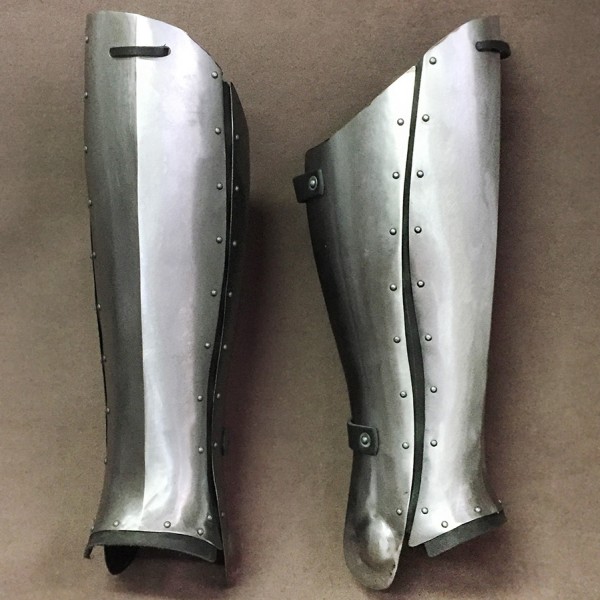
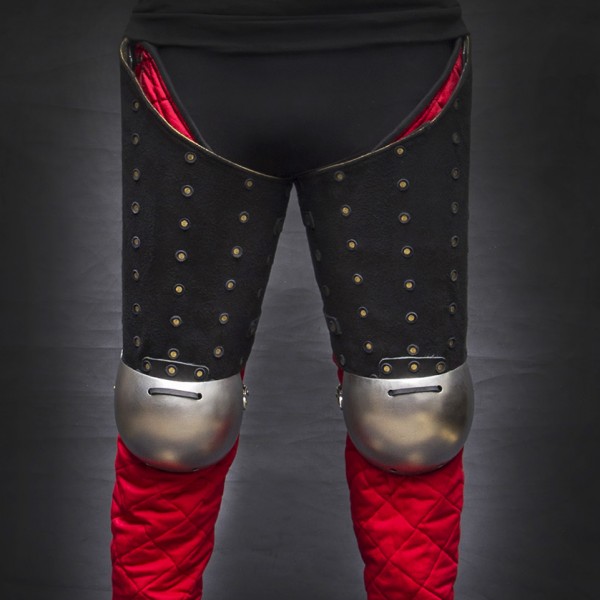
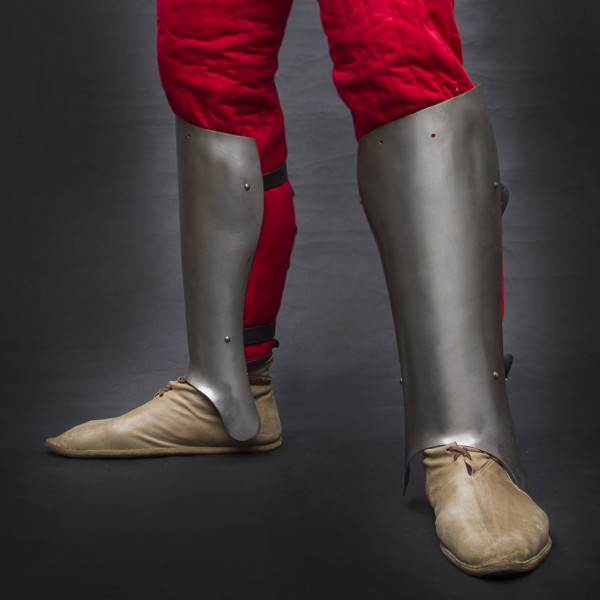
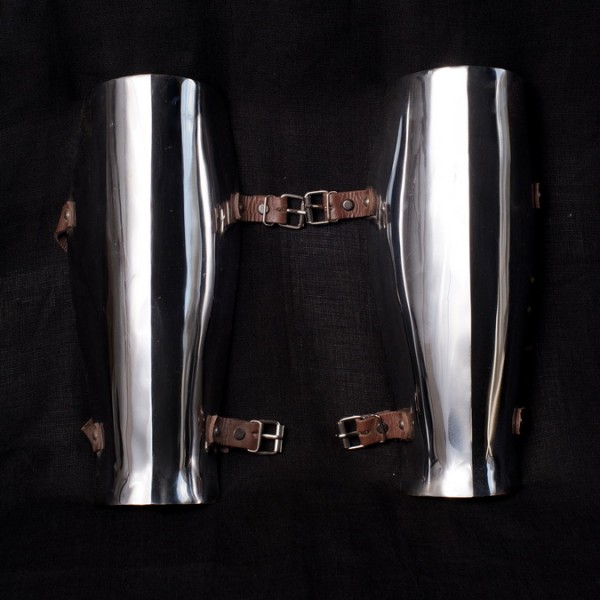
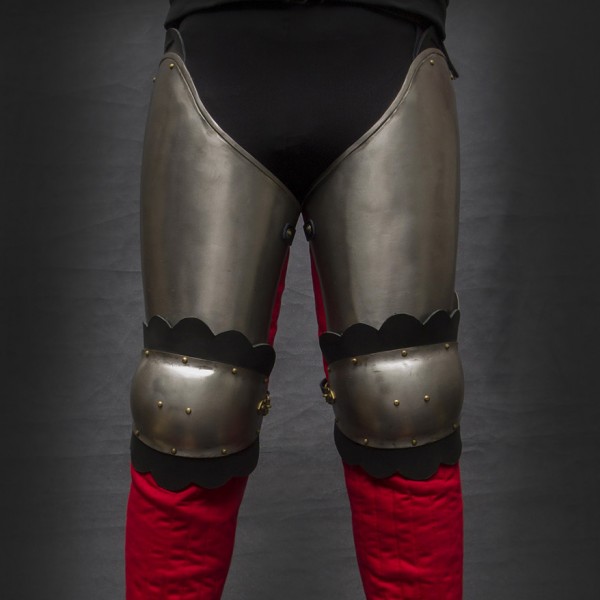
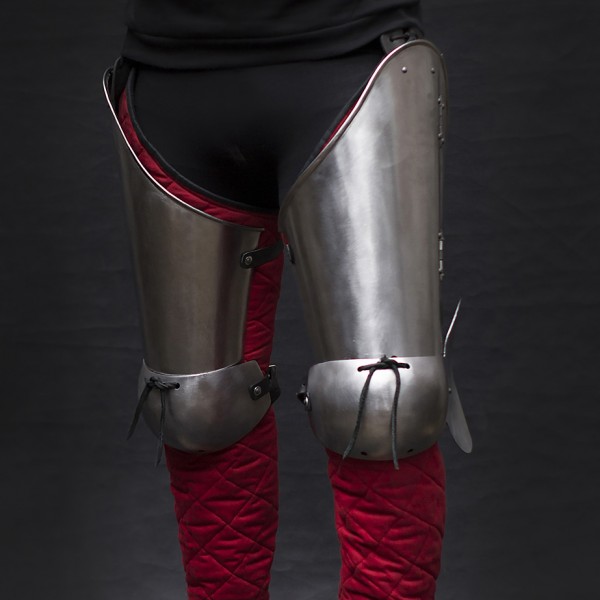
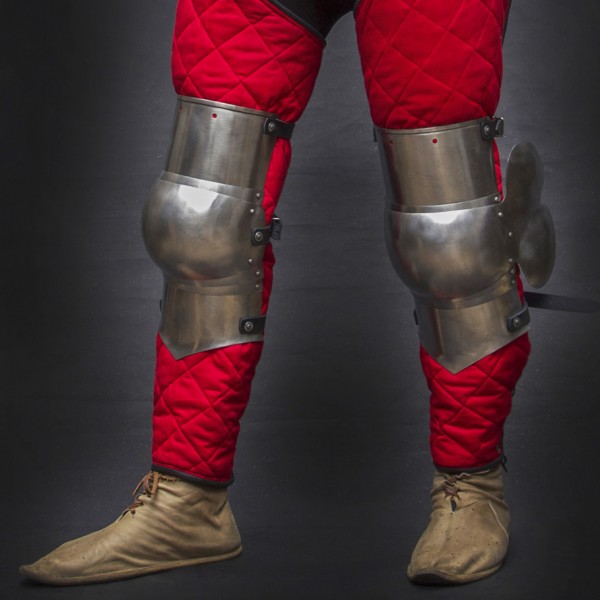
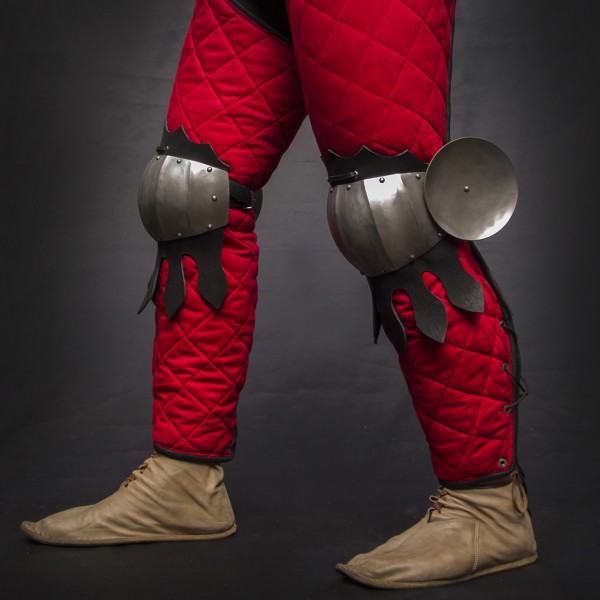
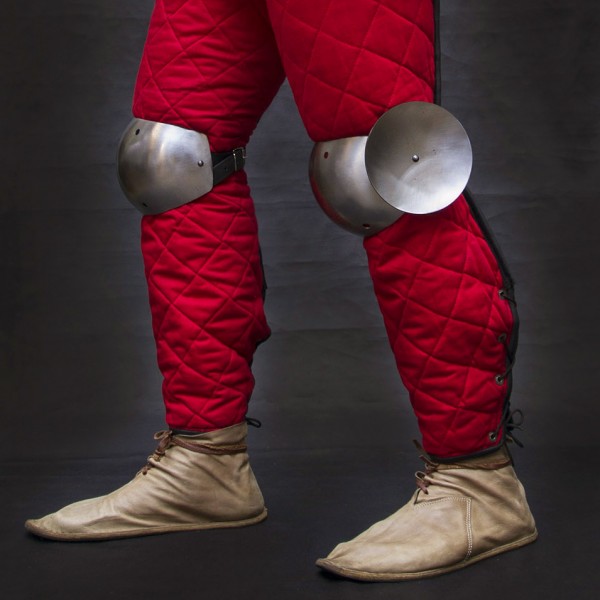
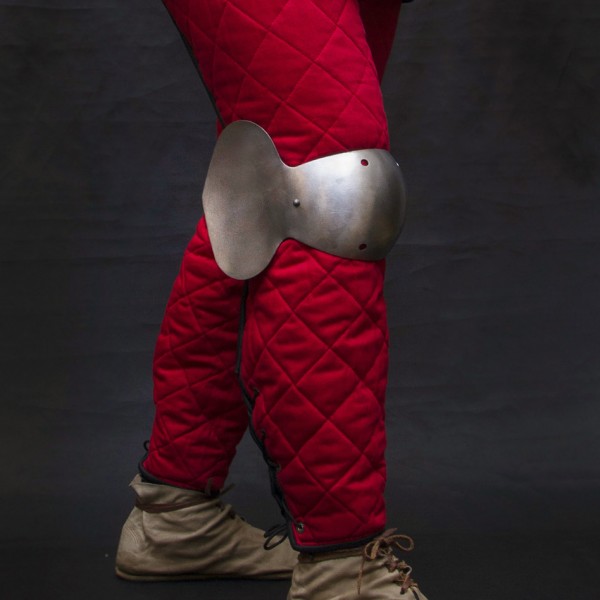
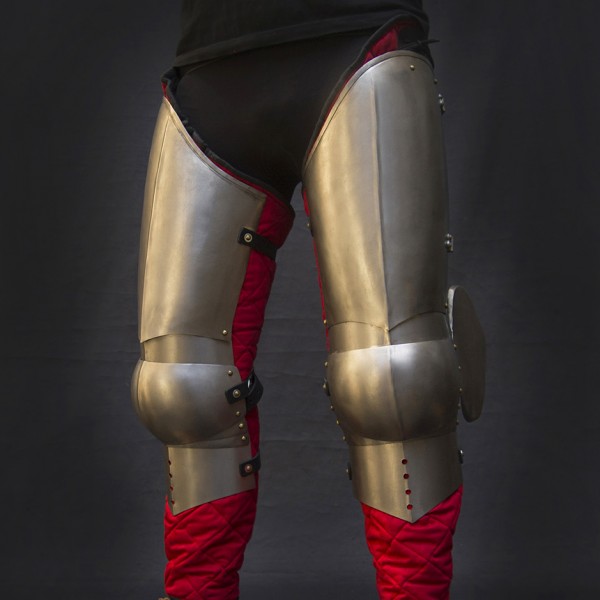
 Shop
Shop